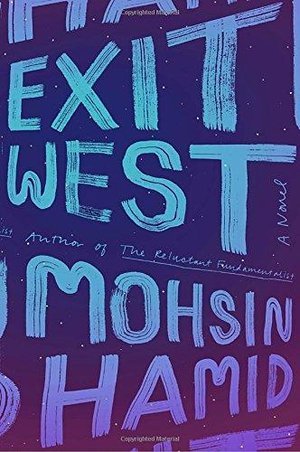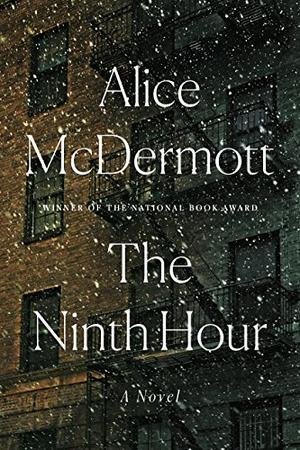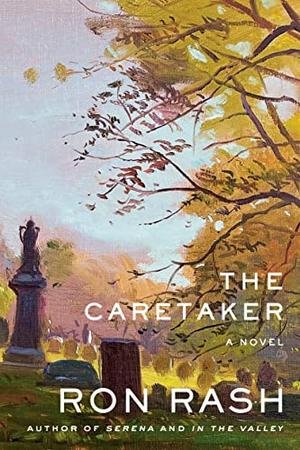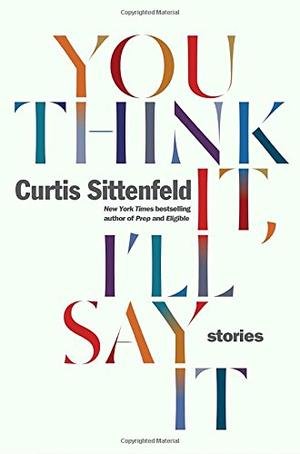Despite its title, this book not a gardening manual but rather an inspiring reimagination of what our life on Earth could be.
The Serviceberry: Abundance and Reciprocity in the Natural World Robin Wall Kimmerer, Illustrations by John Burgoyne (2024)
The serviceberry tree—scientific name, Amelanchier—comes in thirty-plus different species, almost all native to North America. Serviceberries are wide-branching trees, growing very slowly to only 15 or 20 feet high. They go by several names, including Juneberry, Saskatoon, and Shadblow. In the spring they’re covered with silvery leaves and white or light pink flowers that attract many pollinators. Then, in early summer, the leaves become green and the trees produce clusters of tiny fruits that turn deep-red to purple when ripe. These edible berries have a taste that I place somewhere between cranberry and blueberry. Birds and squirrels love the berries, but there are so many that I can often pick several quarts for my family from the half-dozen small serviceberry trees in my yard. We eat the berries on cereal, in muffins, and in multi-berry desserts. In autumn, the serviceberry leaves turn to brilliant red or orange, enlivening the yard, and in winter, I pull out my bags of frozen serviceberries for adding to baked goods and fruit salads.
Obviously, I love the four-season gifts of serviceberry trees, so I find Robin Wall Kimmerer’s book a delight. Kimmerer, who is a professor of environmental biology at SUNY, is also a member of the Potawatomi Nation; she brings to her argument both scientific insights and a deep sense of the human interconnectedness with the rest of the Earth. She uses the serviceberry tree as a exemplar, in the natural world, of what we as humans might do in our economic world, in our built environment. Her appeal to community and sharing and gratitude is radical in this era of authoritarianism and revenge and greed. It’s an appeal that is both rational and heartfelt.
Some brief excerpts:
“The Serviceberries show us . . . [a] model . . .based upon reciprocity rather than accumulation, where wealth and security come from the quality of our relationships, not from the illusion of self-sufficiency.” (72)
“Serviceberries are networked not only aboveground with partners for pollination and dispersal but belowground with webs of mycorrhizal fungi and other microbial communities that are exchanging resources.” (78)
“We have the power to . . .develop the local, reciprocal economies that serve community rather than undermine it.” (93)
“All flourishing is mutual.” (back cover)
The physical attributes of this book contribute to its message. Exquisite line drawings by John Burgoyne perfectly complement the text and merit examination on their own. The cover of the book, in a textured matte paper, is pleasing to the touch. The entire volume is very small, fitting into the palms of the reader’s hands, like a handful of serviceberries in June. It is truly a treasure.
Many thanks to Vera Schwankl and Brian Neau for giving me Kimmerer’s The Serviceberry for Christmas 2024!





































































